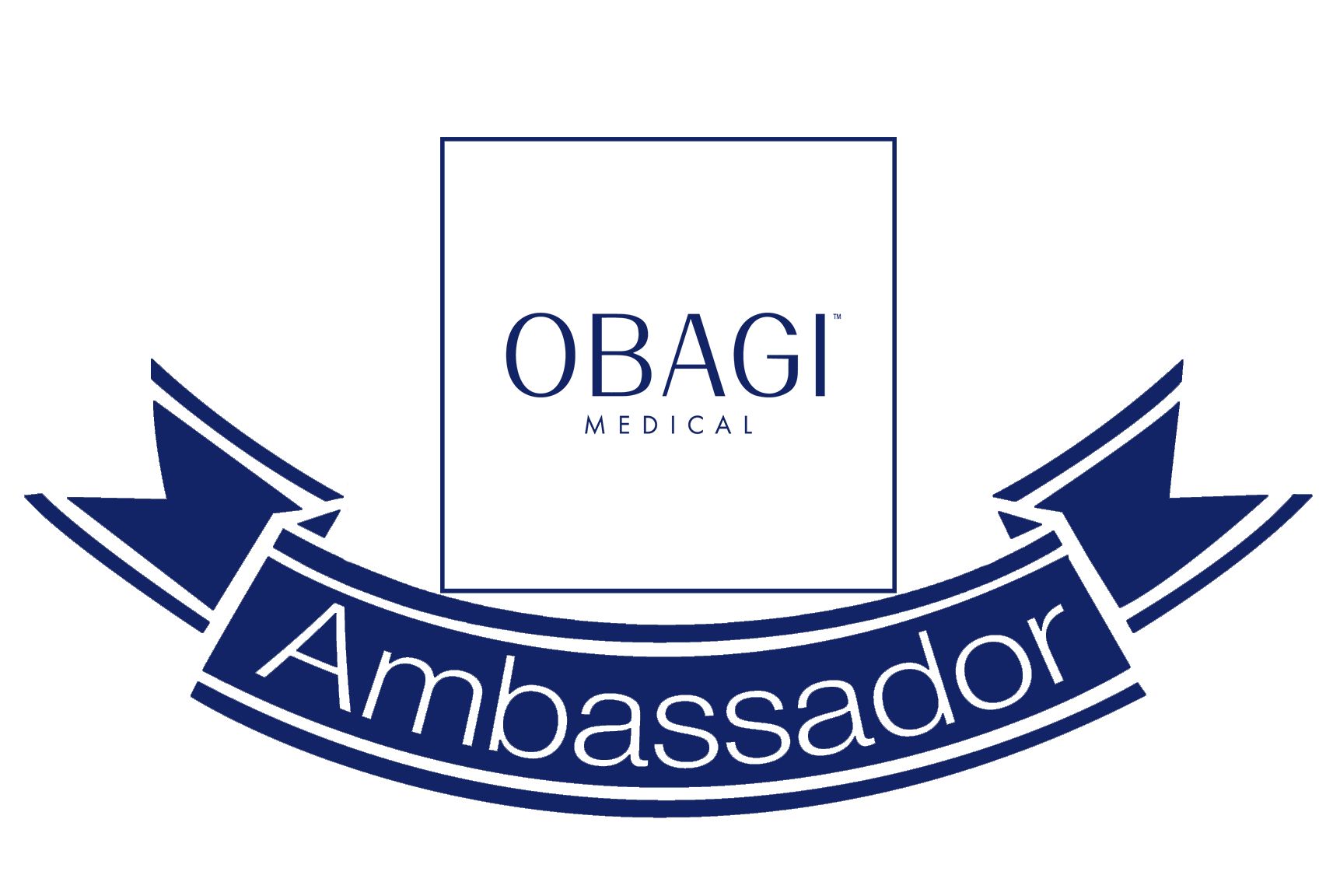TCA CROSS
Trichloroacetic Acid (TCA) Chemical Reconstitution Of Skin Scars (CROSS) is a medical treatment where a high strength of TCA (a chemical peel substance) is applied to individual scars.
This leads to a chemical reaction producing a medium to deep depth chemical peel exactly in the scar, so the tissues beneath produce more collagen. This in turn fills the scar with new tissue and the scar eventually tightens and shrinks.
TCA CROSS is an effective treatment for deeper types of acne scars such as:
- Ice pick acne scars
- Boxcar acne scars
- Pitted scars
- Dilated pores
The benefit of TCA CROSS is that, unlike other treatments, it encourages healing from deep down within the scar upwards.
Book Today
A TCA peel is a superficial chemical peel that makes use of very low concentrations of TCA (usually 10-15%) to help exfoliate the very top layers of the skin. They are great for general skin rejuvenation and to give you that extra glow.
TCA CROSS is a form of TCA peel that involves using very strong concentrations of TCA – from 70-90%, allowing the peel to penetrate to deeper parts of the skin, under the guidance of a medical professional.
The skin is cleansed and the scars are marked out for treatment.
The doctor will then apply the 90% TCA CROSS to the base of the scar with a wooden stick or needle.
The scar will turn white in 10 to 15 seconds.
You will feel a slight pressure during the treatment and a tingling or warmth straight after.
The procedure is not painful.
The procedure takes between 10 to 15 minutes.
Generally we advise that there is downtime in the area for around 5 to 7 days.
The sequence of healing after TCA CROSS is:
- frosting (white colour appears on the scar treated) which last 30 minutes
- redness which lasts 1 – 2 days
- scabs which last 3 – 7 days
- redness after the scabs separate, which lasts 7 to 28 days
This will be discussed at your appointment. We advise to avoid picking at the scabs and using appropriate sun protection (SPF 50).
This varies from patient to patient, but usually 3 to 6 treatments (4 to 6 weeks apart) provide the best results.
Risks and side effects are rare but can include:
- Redness which can linger on for several months
- Pigment changes of the areas treated – darker (hyperpigmented) or paler (hypopigmented)
- No change in the scar appearance or little resolution
- Scars can widen
- Infection
Provided all the appropriate precautions are taken with regards to sun exposure and after-care, the treatment is safe in darker skin types up to Fitzpatrick skin type 5.
Yes, it can be carried out very successfully with other treatments, such as microneedling or subcision, as they complement each other. Combining treatments help to tighten and remodel the skin more efficiently.
From £300 per session



